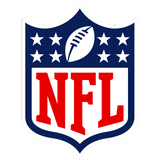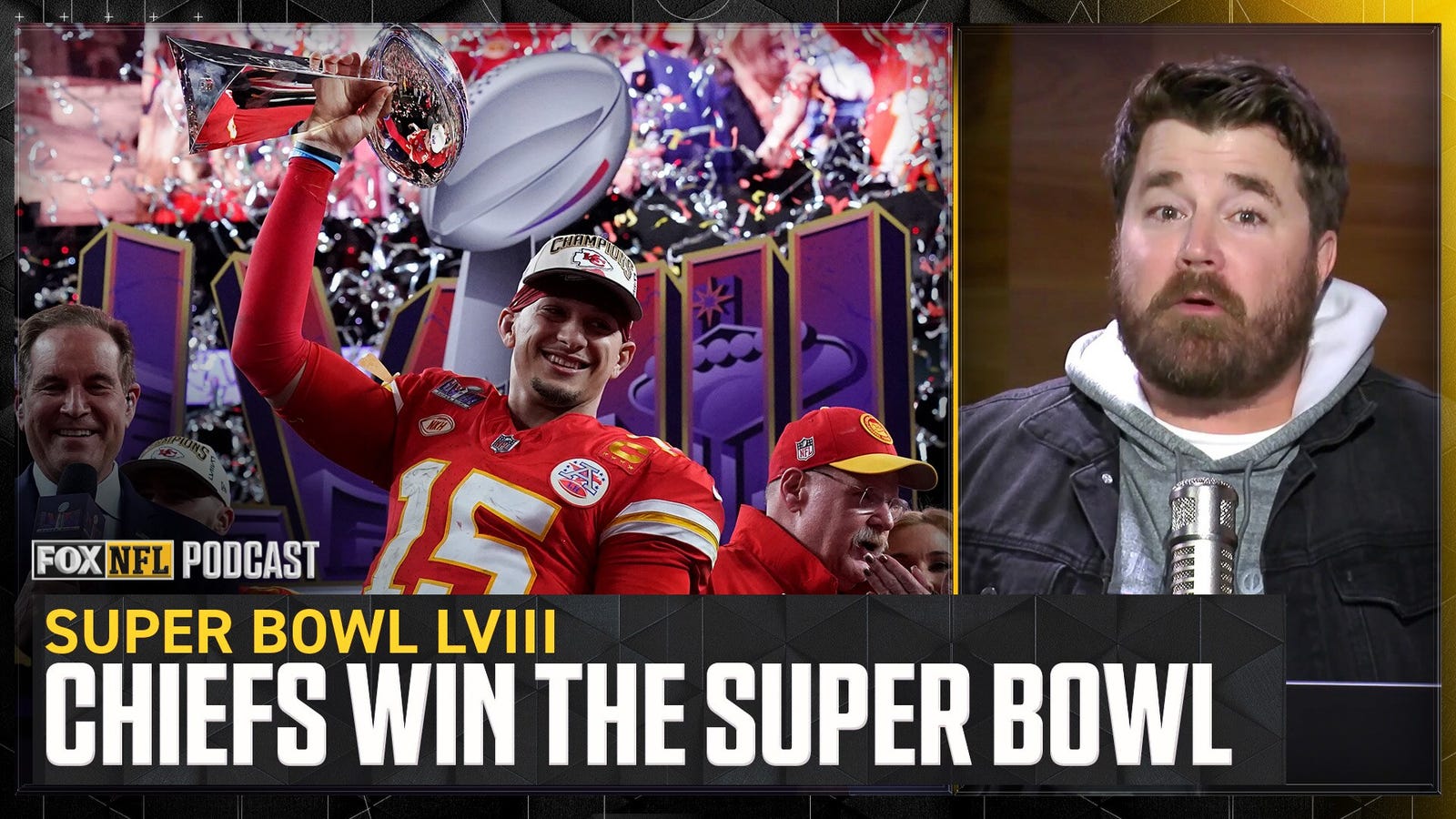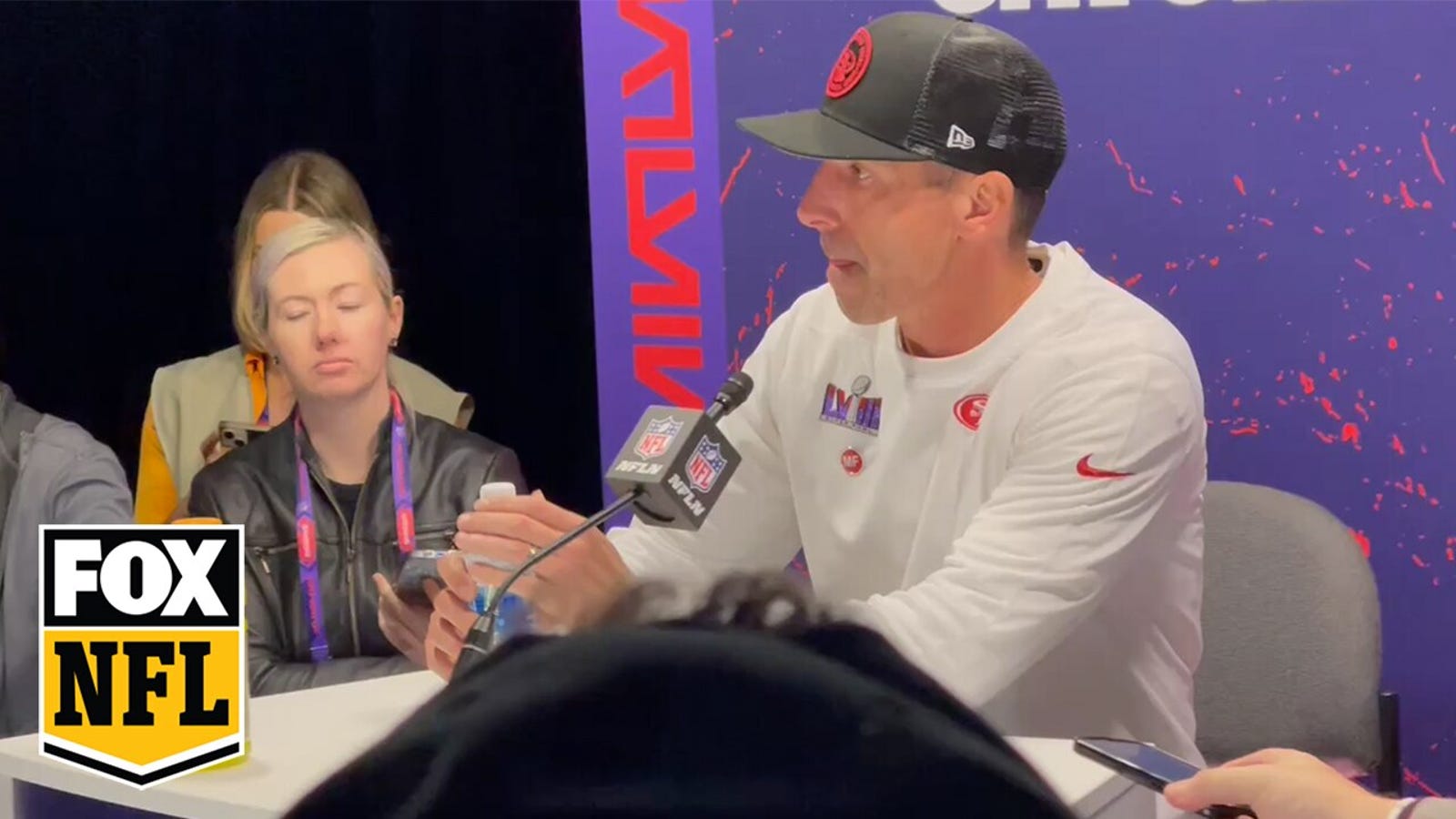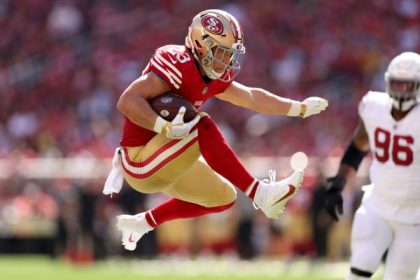Sunday night in Las Vegas brought us not only the second overtime game in Super Bowl history, but more significantly, the first overtime game since the NFL changed its rules for the postseason to ensure both teams would get the ball in the extra period.
That meant in real time, the 49ers and Chiefs had the first chance to implement a new strategy and turn theory into practice with an NFL championship hanging in the balance.
The outcome — the 49ers winning the toss, taking the ball and opting for a field goal, then losing on a Chiefs touchdown — was a thrilling first chapter of how teams should handle this new playoff overtime format. It was also as much a lesson in what not to do as what to do.
First, to recap: Before 2022, NFL playoff games had the same basic format as the regular season, in that a team could win the coin toss, score a touchdown and win the game without the other team’s offense ever taking the field. When the Falcons (with now-49ers head coach Kyle Shanahan as offensive coordinator) lost to the Patriots seven years ago in the only other overtime in Super Bowl history, that’s what happened.
ADVERTISEMENT
To make things more fair to both teams, the league amended its rule for playoff games, saying both teams would be guaranteed one possession in overtime, and any lead after those two drives would mean the game was over. The entire 2022 postseason and the first 12 games of 2023 had come and gone without any overtime, so the change wasn’t fresh on anyone’s mind Sunday night.
“That’s something we talked about,” Shanahan said after the game. “None of us have a ton of experience of it.”
When the 49ers won the toss before overtime, they chose to receive the ball. In the old format, this was the obvious choice, but with that touchdown-wins scenario gone, it made for a much more difficult decision. Choosing to get the ball first allows an offense to be the aggressor and gives a defense a few minutes to rest.
Choosing to go second is much like having the bottom of an inning in extra-inning baseball, or in college football’s overtime format, it means knowing exactly what you need to win, or at least to put off losing for a moment.
Going first forces decisions based on probability: Should you go for it on fourth-and-short, or punt for the protection of field position? More significantly, as the 49ers had to decide, if a drive stalls deep in opposing territory, do you settle for a short field goal or take the risk of going for it? San Francisco had a fourth-and-4 at the Chiefs’ 9-yard line on their overtime drive and chose to settle for a 27-yard Jake Moody field goal.
That left the window open for Kansas City to win the game with a touchdown.
When the Chiefs went down the field, they knew exactly what they needed to win — or stay alive with a tie. They went for it on a fourth-and-1 because they had to, and converted. On the next two third downs, the defense couldn’t just focus on getting a stop, knowing the Chiefs could go for it on fourth down.
What do the numbers say about getting the ball first or second in overtime? Start with basic outcomes for NFL drives after kickoffs — in 2023, there were 2,676 such drives. Teams scored touchdowns on just 20% of those, and field goals on 13%, so the overall odds of scoring at all were 1-in-3. On drives after kickoffs, teams punted 40% of the time and lost the ball on a turnover 13% of the time, which is to say more than half the time, the opponent was getting the ball back without any scoring. In those scenarios, more often than not, your opponent has the ball in a sudden-death, any-score-and-you-win scenario, which is better than what you have when getting the ball first.
You don’t want to make the mistake of taking league-wide numbers and blindly applying them to your team. San Francisco’s offense had a much higher probability of scoring on such a drive: touchdowns almost twice as often at 37%, field goals on 12%, so scoring 49% of the time, instead of 33% in the league average. The risk of turnover was significantly less: 8% instead of 13%, so their odds of scoring were closer to 50-50.
Let’s also consider the 2023 numbers against the Chiefs defense: just 16% touchdowns and 12% field goals, so less than the league average, with 54% of drives ending in a punt or turnover.
Shanahan said he chose to get the ball first because it meant if the two teams had the same outcomes on their initial drives, the 49ers would have the advantage of the third drive and the sudden-death, score-you-win scenario. After the initial two drives, this is the same overtime format as any other game in any other season, so a team must decide if it’s playing to set itself up for that third drive, or to avoid it entirely and try to win the game in the first two.
Kansas City seems to have kept that latter goal in mind, as defensive tackle Chris Jones said the Chiefs had talked extensively about overtime strategy. Not only did they want the ball second, but had they scored a touchdown, they would go for two to try to win with a single play rather than kick to extend overtime.
If this overtime coin toss was a specific situation, the 49ers could have anticipated and researched. They had a less predictable decision at the end of their first drive, which saw them facing fourth-and-4 at the Chiefs’ 9. They’d rushed for no gain on second down and thrown incomplete on third down, so the offense hadn’t gained yards in two plays. If they went for it, it could lead to a touchdown, putting considerable pressure on the Chiefs. Even if the Niners failed to convert, Kansas City would likely take over inside their 10-yard line, 50 yards or more from a reasonable winning field goal, giving San Francisco’s defense some margin for error.
But Shanahan opted to kick, giving his team the lead but also choosing an outcome that gave Patrick Mahomes the ball with the chance to win with a touchdown. Just four years ago, Mahomes led the Chiefs to two touchdowns in the final seven minutes to erase a 10-point deficit and beat the 49ers for his first Super Bowl win. Then again, if the Chiefs intended to go for two on a responding touchdown, the ending might have been inevitable with Mahomes at quarterback — Kansas City attempted just one two-point conversion in 20 games this season, fewest in the NFL, failing to convert its lone attempt.
The initial reporting from Las Vegas suggests the two teams had different levels of preparation about the playoff overtime format. Niners fullback Kyle Juszczyk was candid after the game in saying he wasn’t aware of the rule change, and defensive lineman Arik Armstead said he learned the new rules when they were shown on the Allegiant Field video board after the end of regulation.
Though Chiefs players said it had been discussed as far back as training camp, receiver Mecole Hardman, after catching the game-winning touchdown, wasn’t aware he’d ended the game.
Because this format only applies in the postseason, it will be rare enough that the NFL won’t get many chances to play out the scenarios and experiment to find the best practice. Only 7% of NFL games went to overtime this season, and with just 13 playoff games each year, this is likely to come up about once a season.
Whenever it comes up next, it won’t likely have as much on the line as it did Sunday night, with the 49ers having the honor of making a difficult decision for the first time, and then having to live with the consequences.
Greg Auman is FOX Sports’ NFC South reporter, covering the Buccaneers, Falcons, Panthers and Saints. He is in his 10th season covering the Bucs and the NFL full-time, having spent time at the Tampa Bay Times and The Athletic. You can follow him on Twitter at @gregauman.
recommended

Get more from National Football League Follow your favorites to get information about games, news and more














